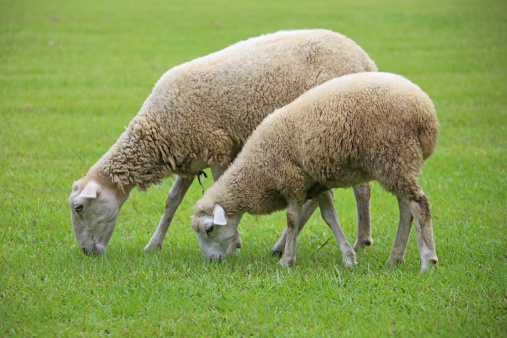
A physics experiment of sheep passing through a bottleneck, which we featured some months ago, has now been formally published, and the researchers have released a video of the experiment. The study is:
“Flow and clogging of a sheep herd passing through a bottleneck,” A. Garcimartín, J. M. Pastor, L. M. Ferrer, J. J. Ramos, C. Martín-Gómez, and I. Zuriguel, Physical Review E, vol. 91, no. 022808, 2015. (Thanks to Mason Porter and Ho-Kei Chan for bringing this to our attention.)The authors, at la Universidad de Navarra, Pamplona, report:
We present an experimental study of a flock passing through a narrow door. Video monitoring of daily routines in a farm has enabled us to collect a sizable amount of data. By measuring the time lapse between the passage of consecutive animals, some features of the flow regime can be assessed. A quantitative definition of clogging is demonstrated based on the passage time statistics. These display broad tails, which can be fitted by power laws with a relatively large exponent. On the other hand, the distribution of burst sizes robustly evidences exponential behavior. Finally, borrowing concepts from granular physics and statistical mechanics, we evaluate the effect of increasing the door size and the performance of an obstacle placed in front of it. The success of these techniques opens new possibilities regarding their eventual extension to the management of human crowds.
Here’s the video:
This article originally appeared on Improbable Research.
More Must-Reads from TIME
- Cybersecurity Experts Are Sounding the Alarm on DOGE
- Meet the 2025 Women of the Year
- The Harsh Truth About Disability Inclusion
- Why Do More Young Adults Have Cancer?
- Colman Domingo Leads With Radical Love
- How to Get Better at Doing Things Alone
- Michelle Zauner Stares Down the Darkness
Contact us at letters@time.com



